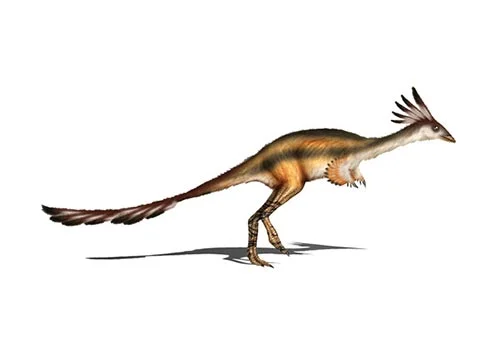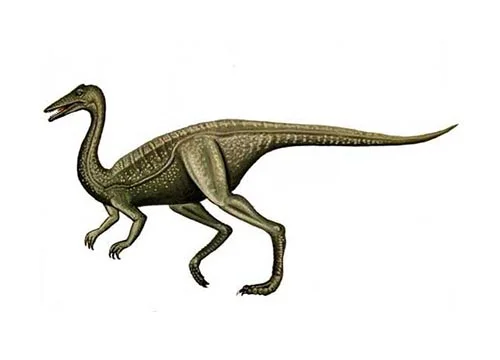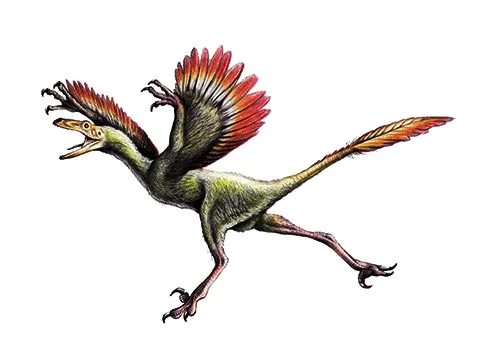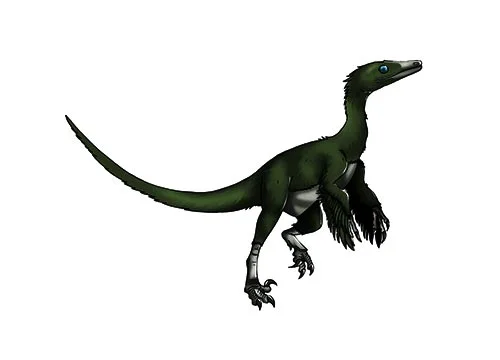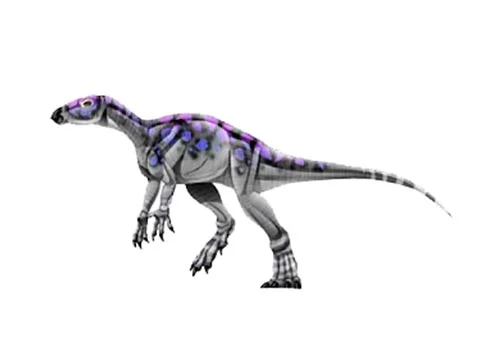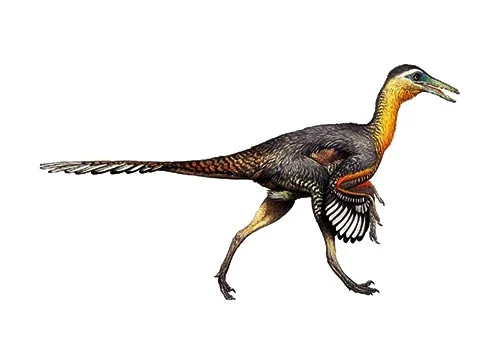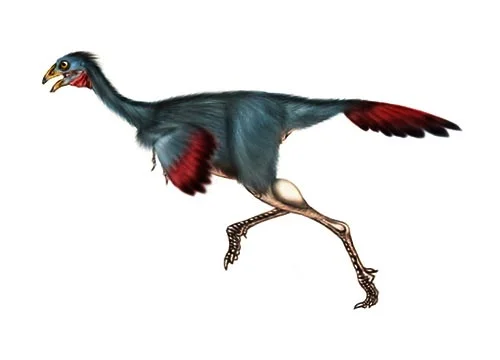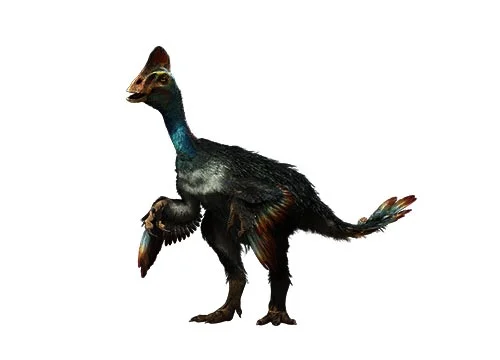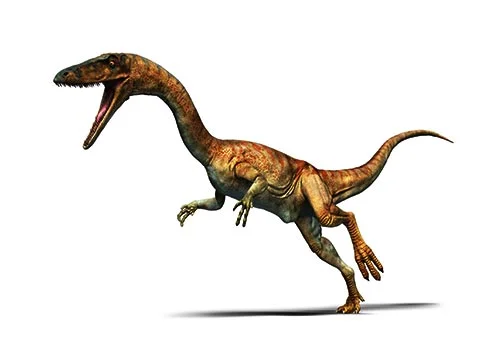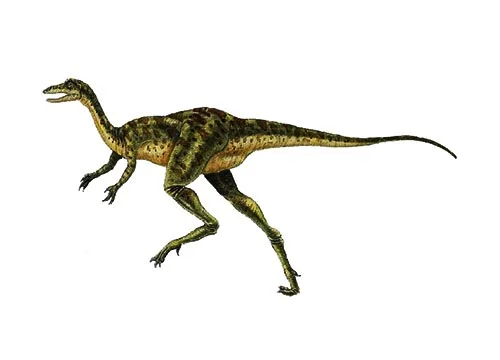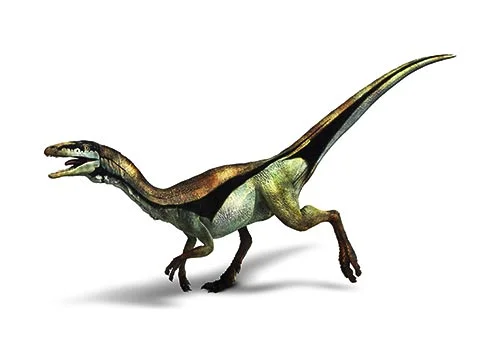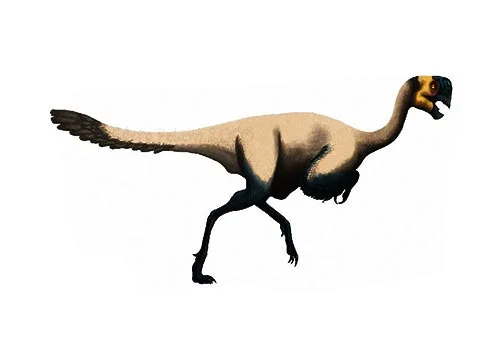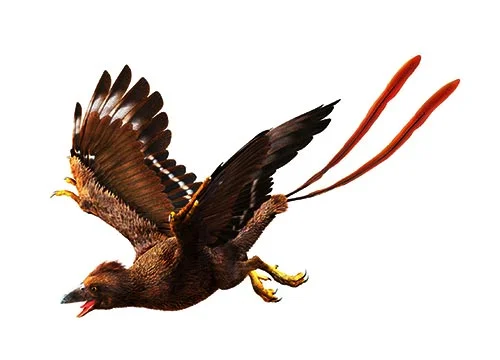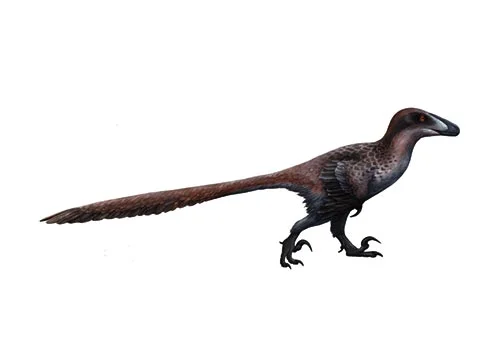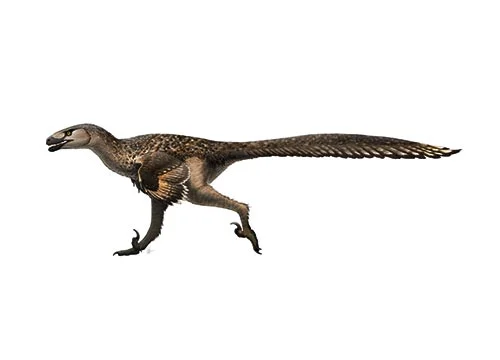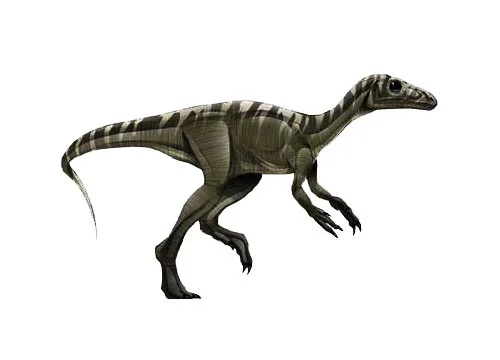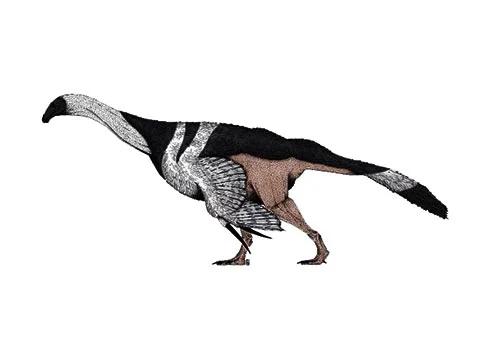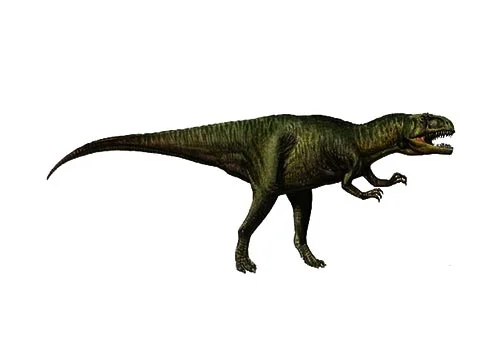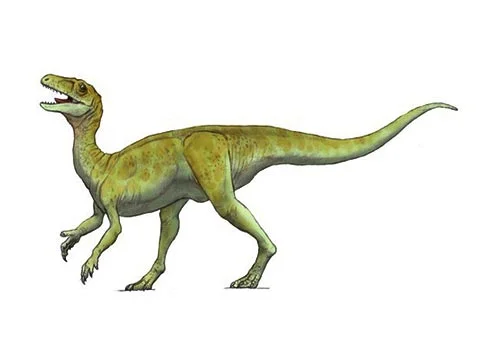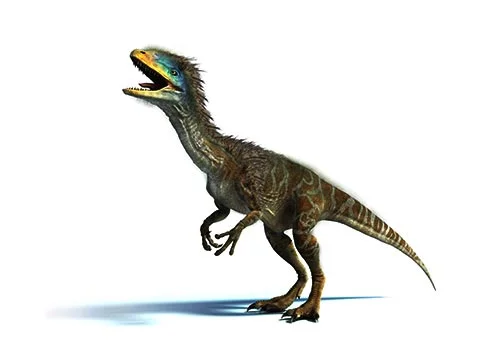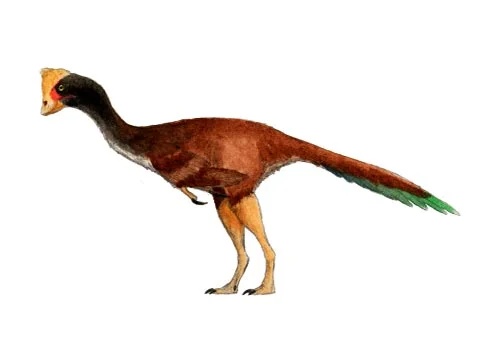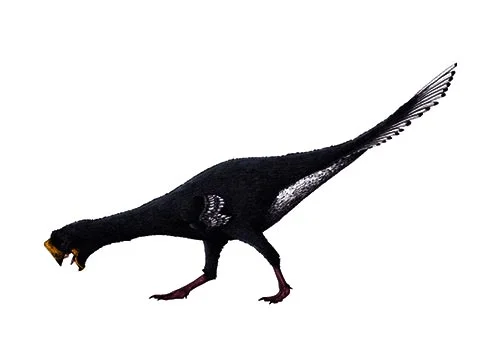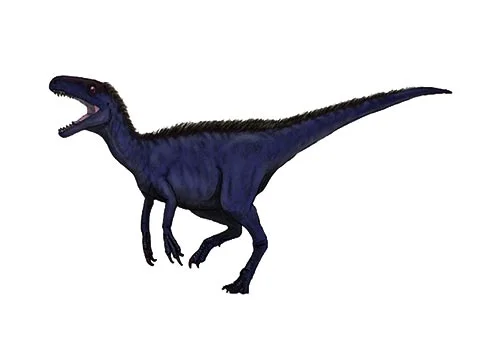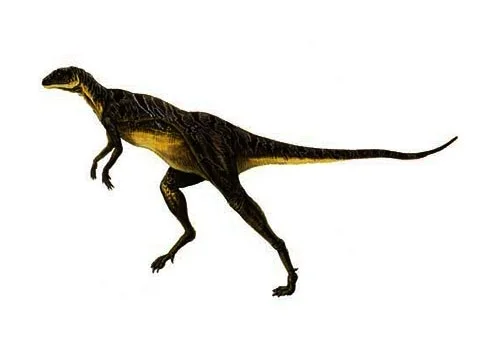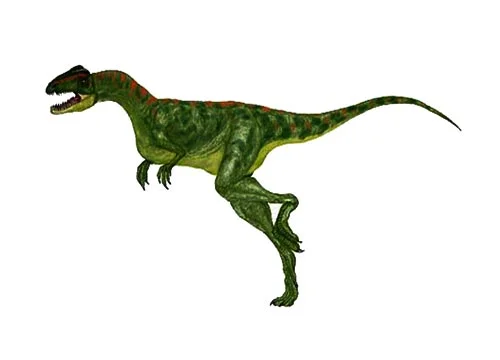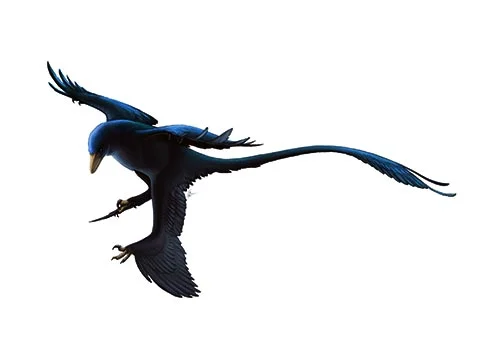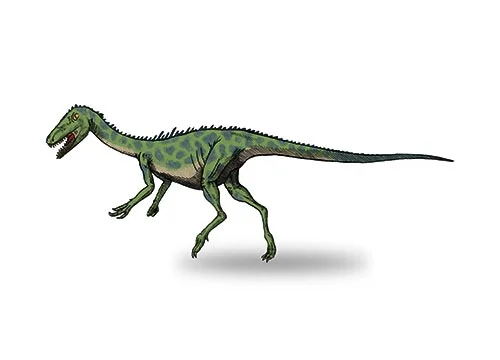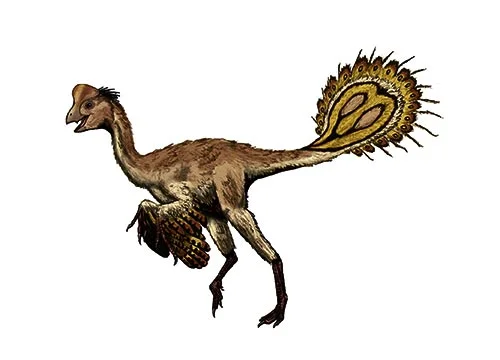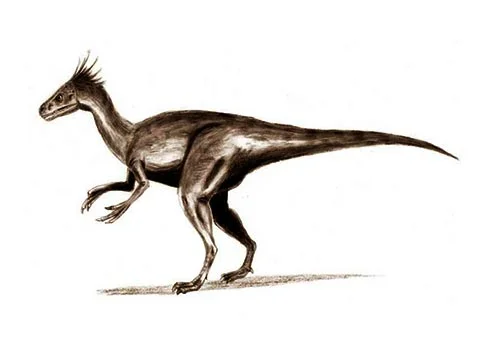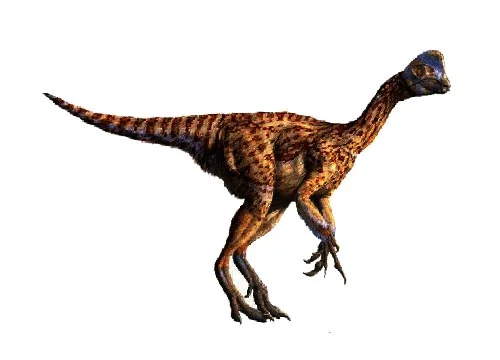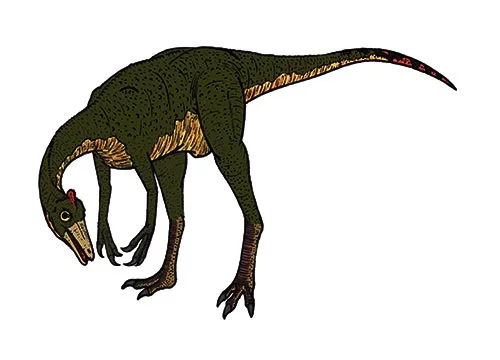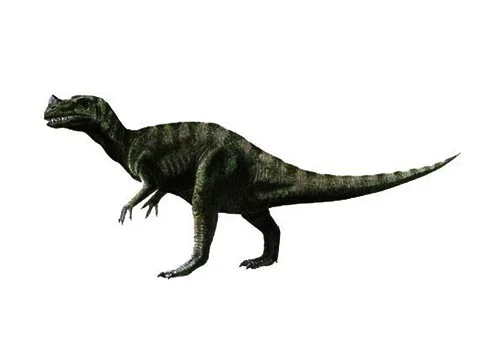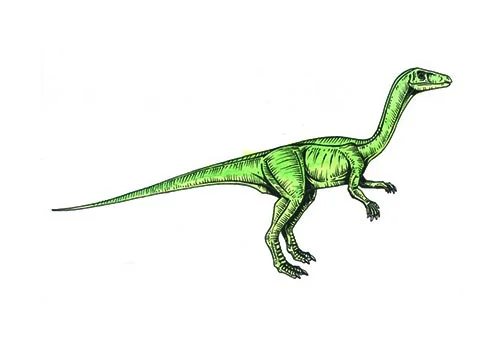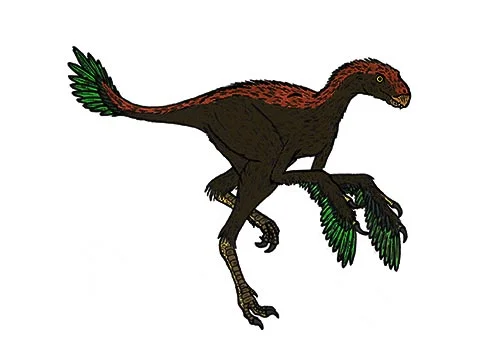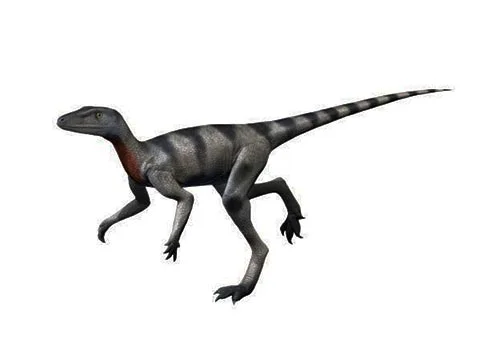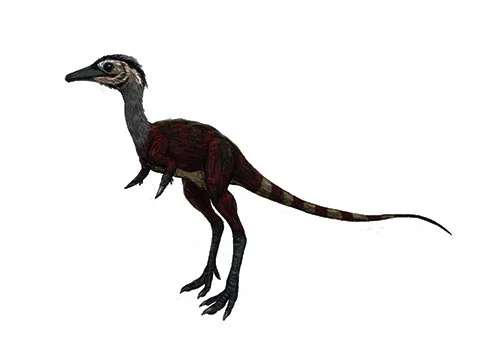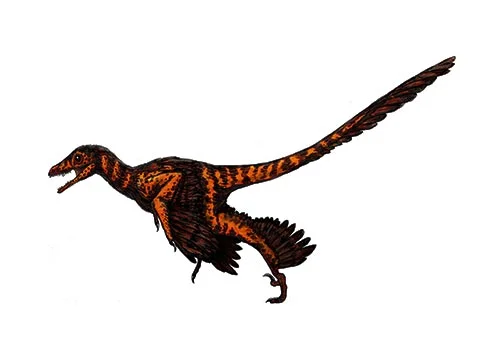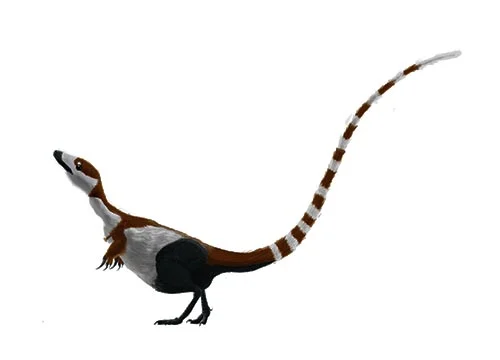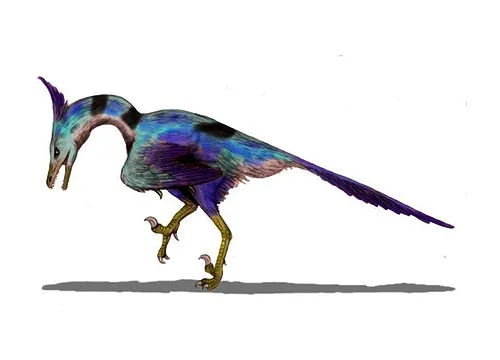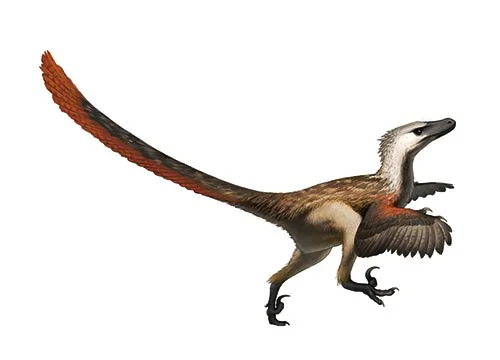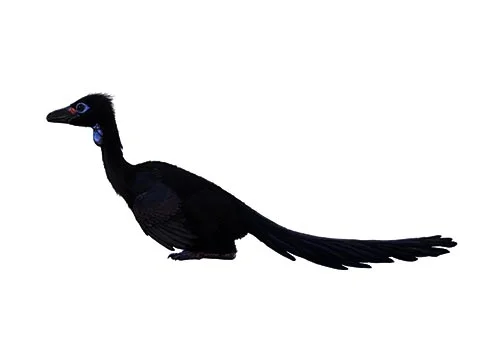Small Theropod Dinosaurs
Small theropod dinosaurs were a diverse group of bipedal, meat-eating dinosaurs that lived during the Mesozoic Era, from the Late Triassic period to the end of the Cretaceous period. While they may not have been as impressive as their larger counterparts, they were still important and fascinating animals that played a key role in the ecology of their time.
Some of the most well-known small theropods include:
Velociraptor – Velociraptor was a small theropod that lived during the Late Cretaceous period. It was about the size of a large dog, and is known for its distinctive sickle-shaped claws on its hind feet.
Compsognathus – Compsognathus was a small theropod that lived during the Late Jurassic period. It was one of the smallest known dinosaurs, with an estimated length of just 1 meter.
Troodon – Troodon was a small theropod that lived during the Late Cretaceous period. It had a relatively large brain compared to other dinosaurs, and is thought to have been one of the most intelligent dinosaurs.
Small theropods had a wide range of adaptations for their carnivorous lifestyles, including sharp teeth and claws, strong leg muscles for running and jumping, and relatively large brains compared to other dinosaurs. Some small theropods may have also had feathers or other structures that allowed them to regulate their body temperature and/or display to mates or rivals.
Despite their success, however, all small theropods eventually went extinct along with the rest of the dinosaurs at the end of the Cretaceous period. Today, their closest living relatives are birds, which are thought to have evolved from small, feathered theropod dinosaurs that lived during the Late Cretaceous period. Although birds are much smaller than their dinosaur ancestors, they still exhibit many of the adaptations that allowed small theropods to thrive, such as feathers and specialized respiratory systems.

